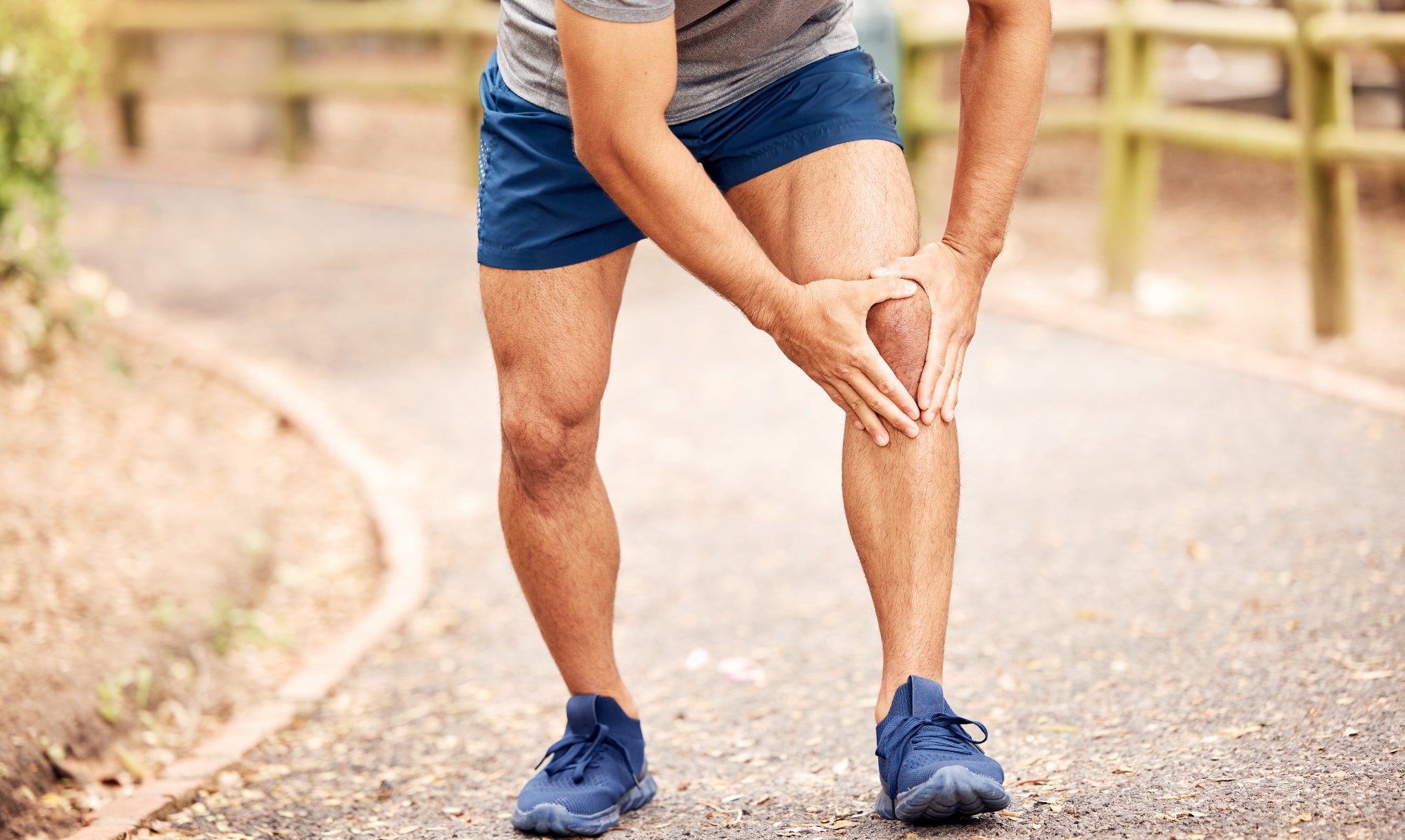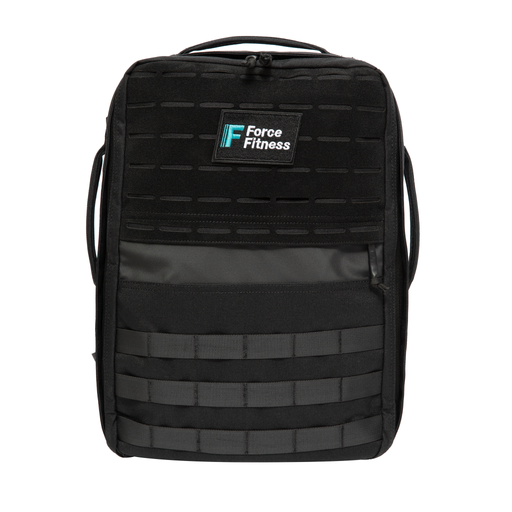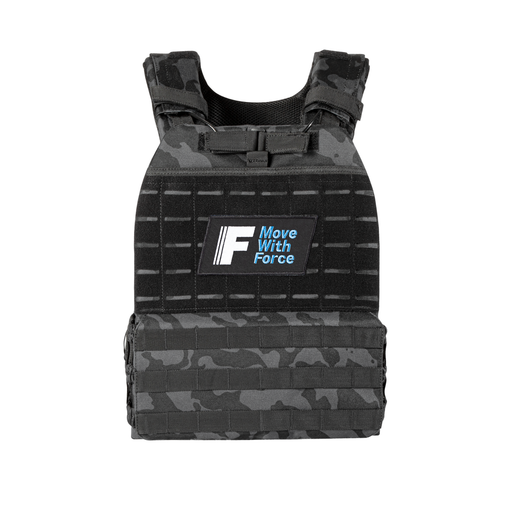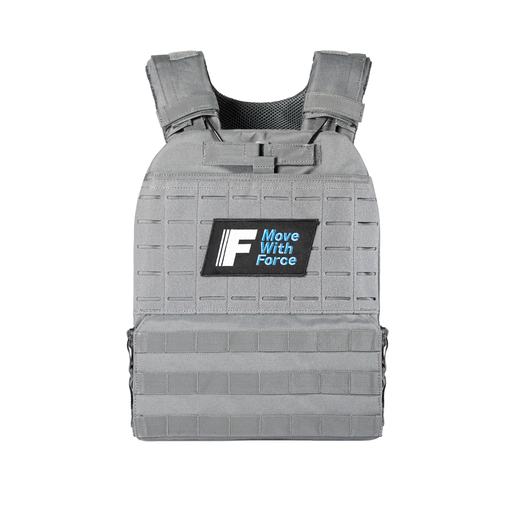
Is rucking good for knees and ankles?
Healthy knees might not be the first thing you think about when you start a fitness routine. But the thing about knees is, you know when they’re unhappy. Keep your knees and ankles strong and mobile with rucking. Here’s how.
Why ruck for knee/ankle health
Rucking (walking with a weighted pack) is often done on trails and other unpredictable terrain, and you might think that means it’s bad for your knees. But nothing could be further from the truth. Done properly, rucking can be great for your knees, ankles, and other important joints. Rucking strengthens the supporting muscles and connective tissue, challenges your balance and improves stability, and is a low-impact way to build bone density.
The controlled, repetitive movement of rucking helps build endurance through the major muscles of the hips, glutes, and legs and improves joint flexibility. And, compared to running, rucking is versatile and adaptable. You can adjust the pace, terrain, incline, and distance of your rucks from short and slow to epic adventures. This adaptability boosts the resilience of your knees and ankles without pushing into injury zone.
What are the benefits of rucking for knee health
Healthy knees and ankles:
· Improve mobility and independence as we get older
· support daily activities like walking and climbing stairs
· Help protect other joints - knee problems often lead to hip and back issues
· Helps you train harder and perform better in sports
· And are difficult and expensive to repair once they get damaged!
Rucking encourages knee health by building up the muscular support around the joint, working your quadriceps, hamstrings, and calves so they provide better joint alignment and reduce the likelihood of strain or injury.
Rucking also challenges your proprioception, which helps your knees make quick adjustments to safeguarding the joint from twists or impacts. It’s a low-impact way to look after your knee health.
Why it's important to look after your knees and ankles
Rucking is a hidden gem for knee and ankle health, but it’s a good idea to do specific exercises to keep your knees healthy. Strength exercises like squats and lunges (including banded versions with resistance bands), dynamic stretches, and mobility work like clam shells and banded walks can activate the smaller muscles that help protect the joints.
Backwards walking for knee health
Backwards walking has been a bit of a buzz word in fitness circles, but it’s far more than a fad. Backwards walking (which is literally what it sounds like) and “knees over toes” bodyweight movements can significantly benefit your knees and ankles.
Backwards walking gently increases the strength and stability of your leg muscles, especially the muscles around the knee. It works your knees across different angles and movements, and challenges your balance and co-ordination.
Knees-over-toes exercises, which focus on strengthening the knee joint through full range of motion movements, reduce injury risk. You could add these in after rucking sessions, as part of your recovery and strength work.
How to incorporate knee and ankle training in your fitness routine
You don’t need a whole new gym routine to look after your knees and ankles. If you’re already rucking, stick with it – it’s a great way to gently load the joints and build the supporting muscles. Here’s how to add specific strength work to keep those knees healthy.
Home training:
Bodyweight squats – 3 x 10-15 reps
Heel raises – 3 x 15-20 reps
Wall sits – 3 x 30-60 seconds
Single-leg deadlifts – 3 x 10 each side
Clamshells – 3 x 15-20 each side
Banded walks - 20 steps each direction
Gym training:
Backwards sled walks – 3 x 20m
Split squats – 3 x 8-12 reps each side
Reverse Nordics – 3 x 6-10 reps
Backwards walking on treadmill – 5-10 minutes at 2-3 mph and slight incline
TKE (Terminal Knee Extensions) – 3 x 15-20 reps
Assisted sissy squats – 3 x 6-10 reps
Rear foot elevated split squats – 3 x 8-12 each side
How often to train knees and ankles when rucking
If you’re rucking regularly, aim to do dedicated knee and ankle training 2-3 times per week on non-rucking days. This allows enough recovery whilst building joint resilience. We want you to be enjoying your fitness lifestyle well into your 60s, 70s, and beyond. And the prep work starts now - a few exercises a week will build bulletproof knees of the future.

















